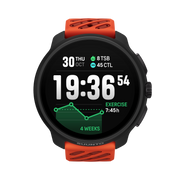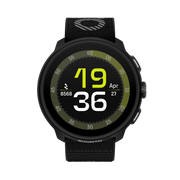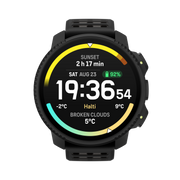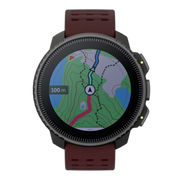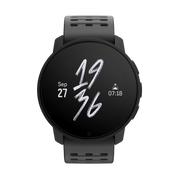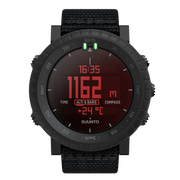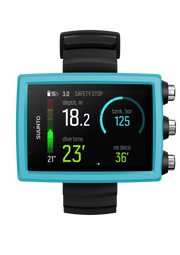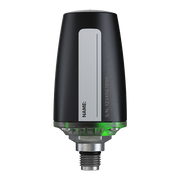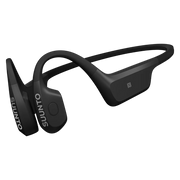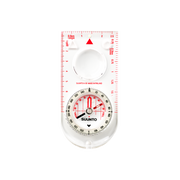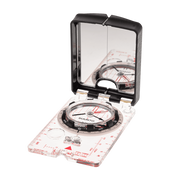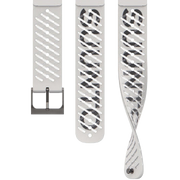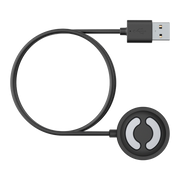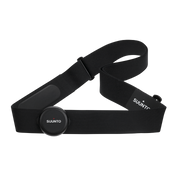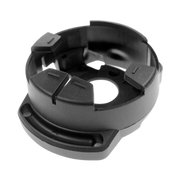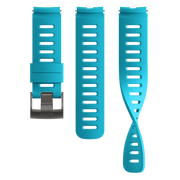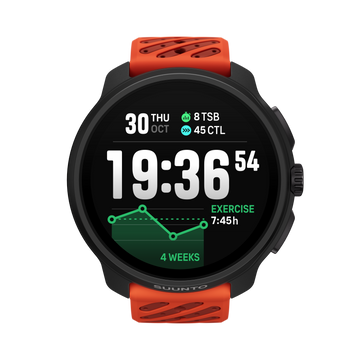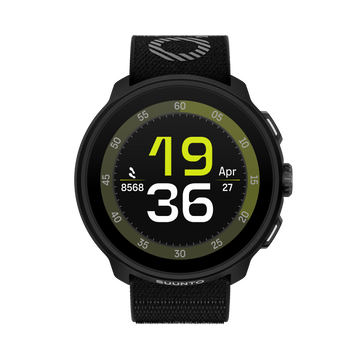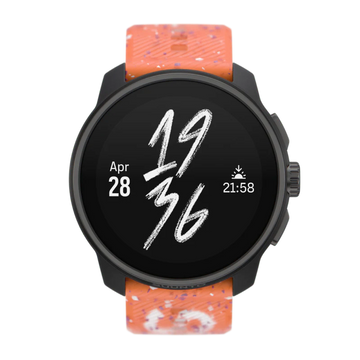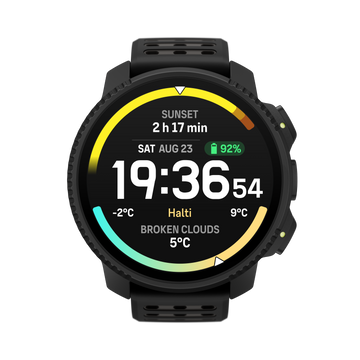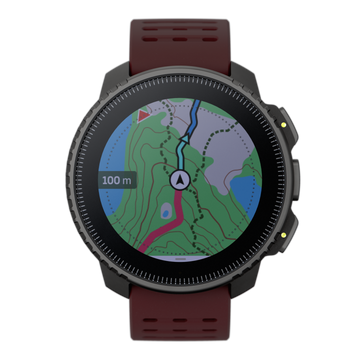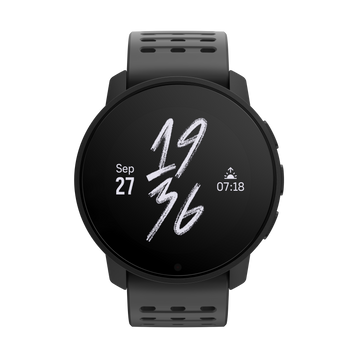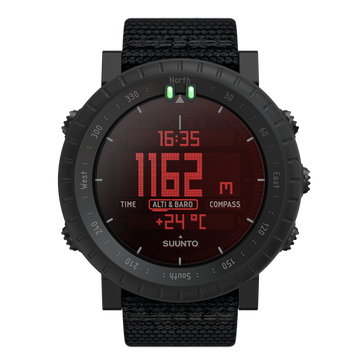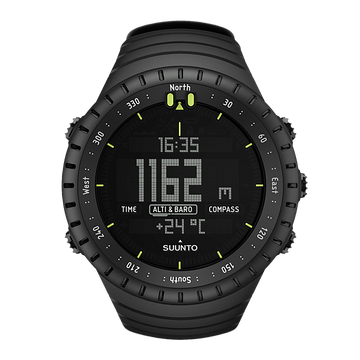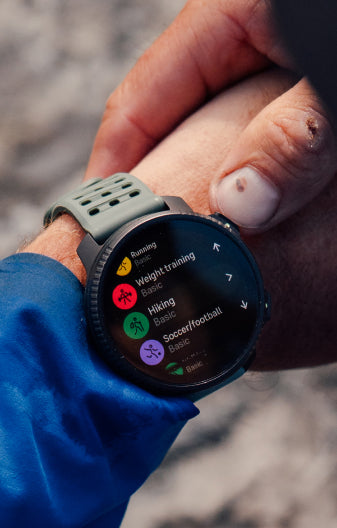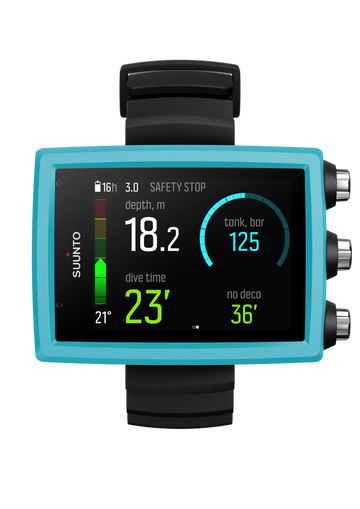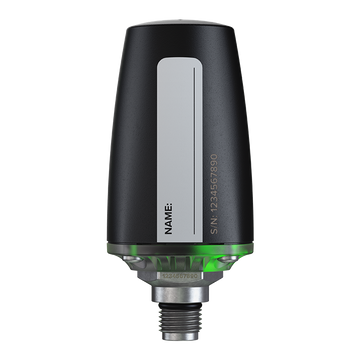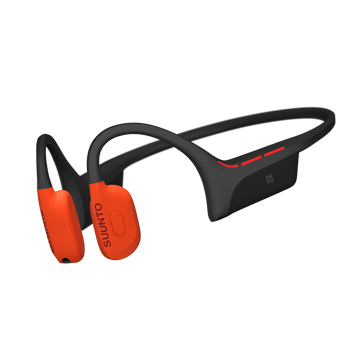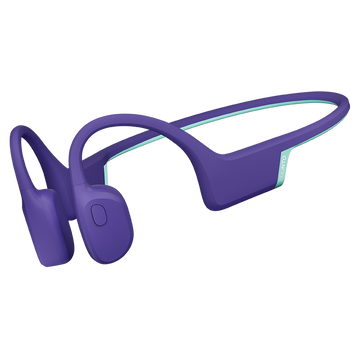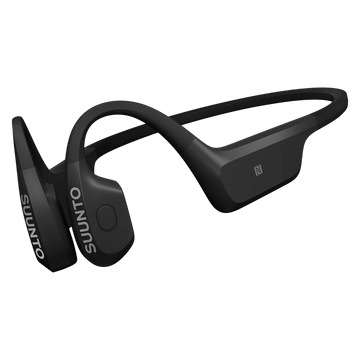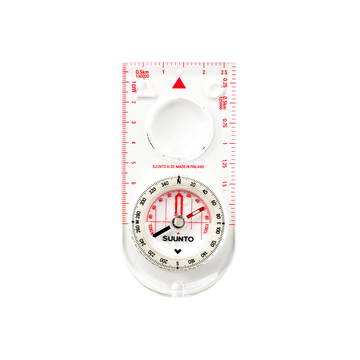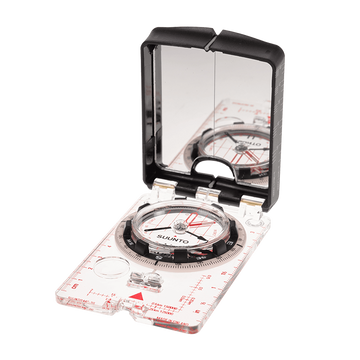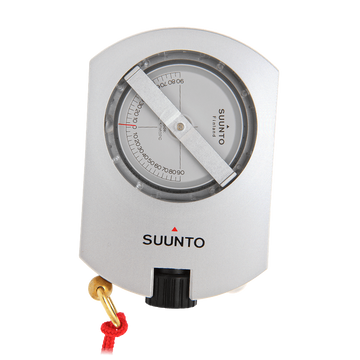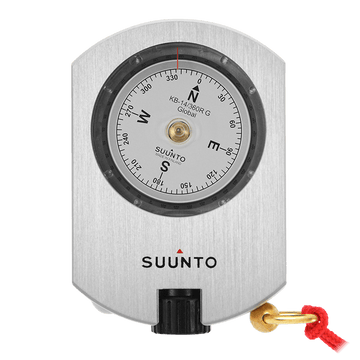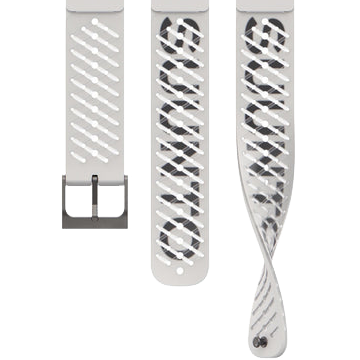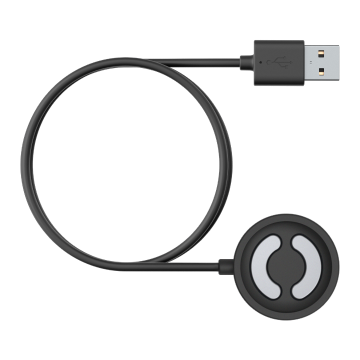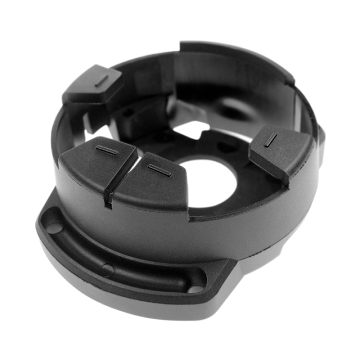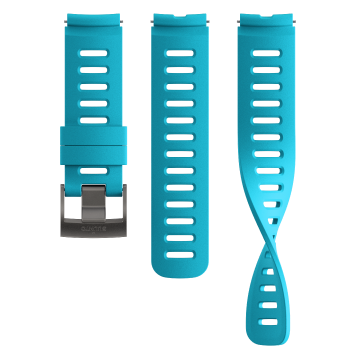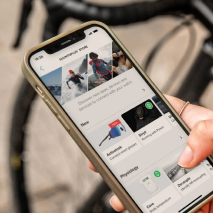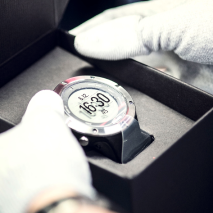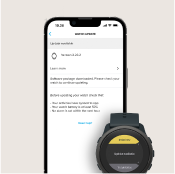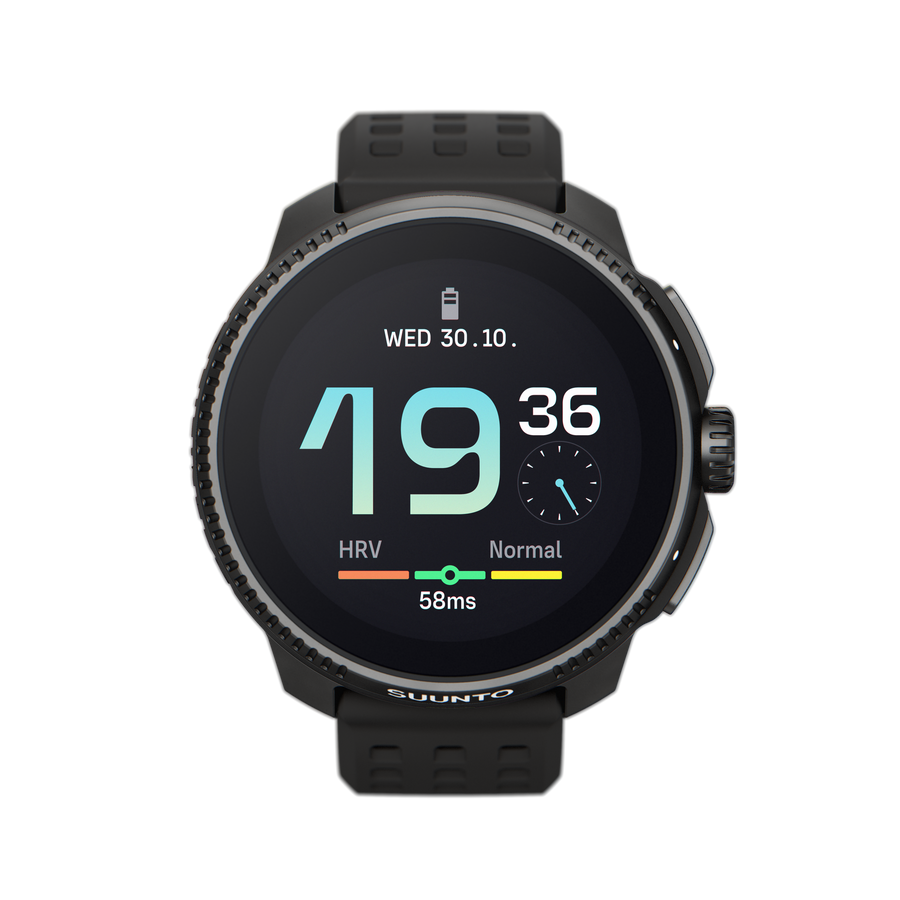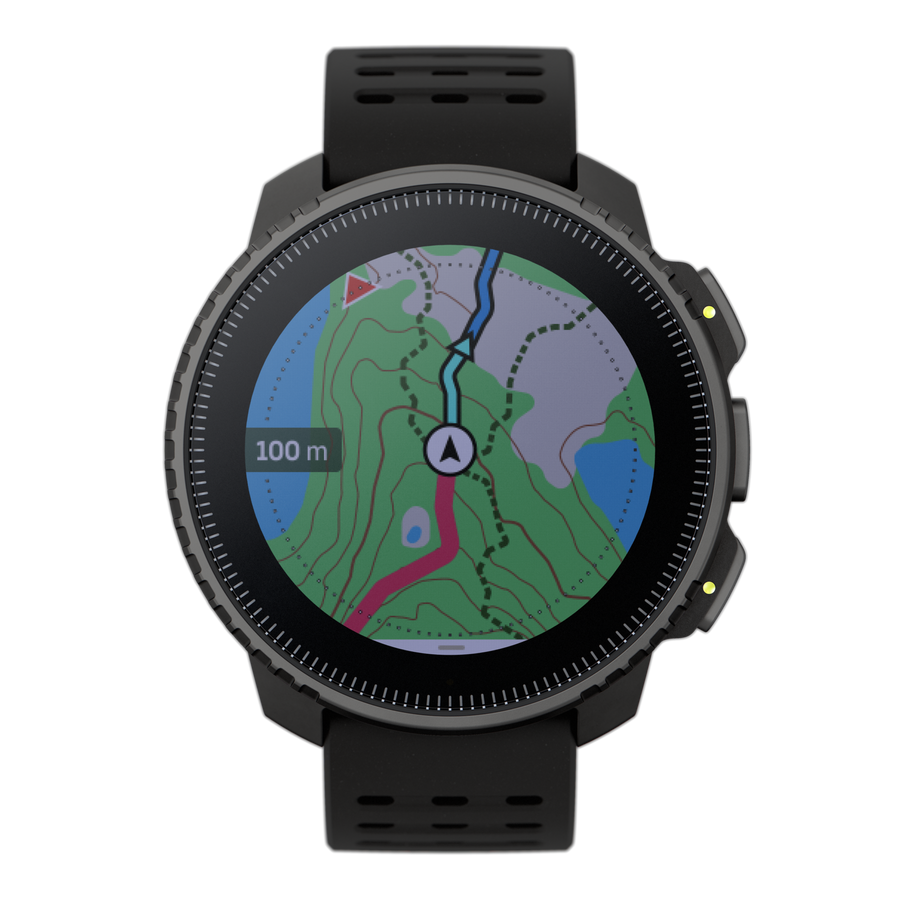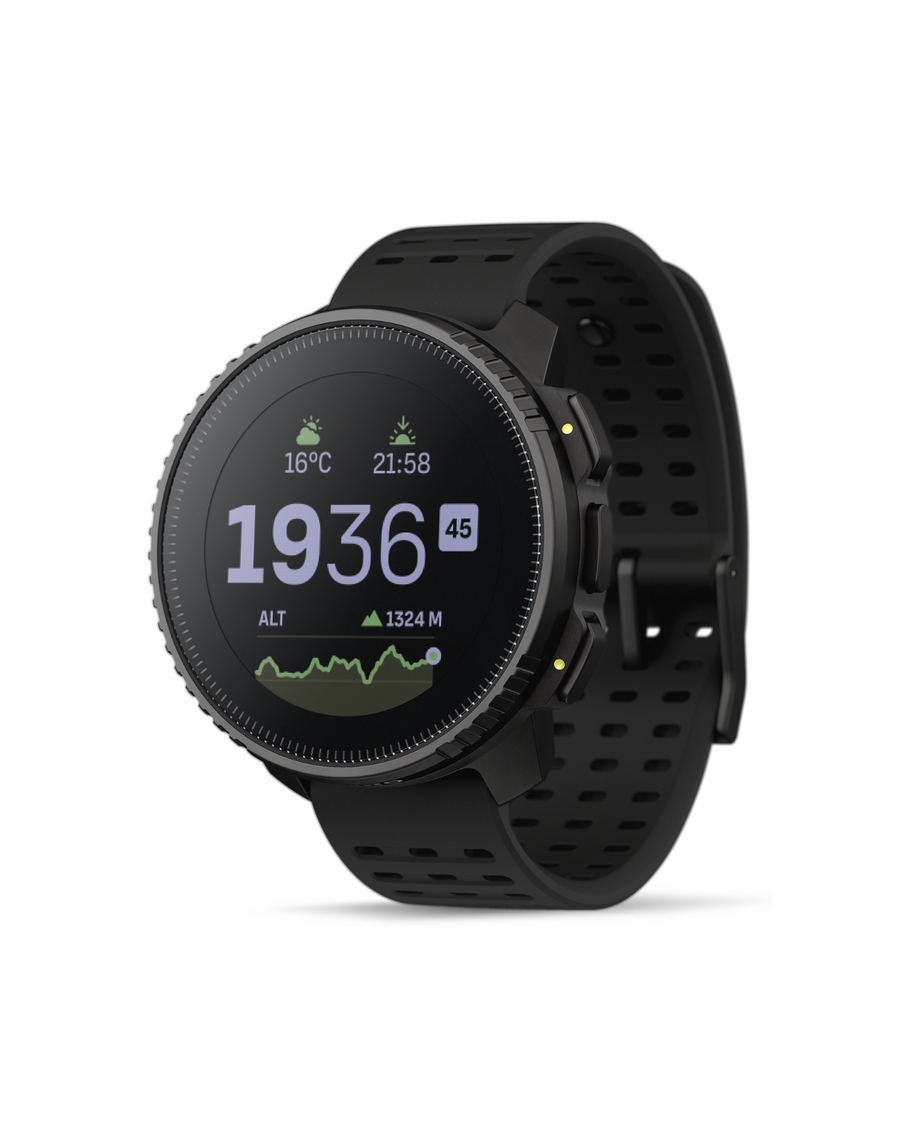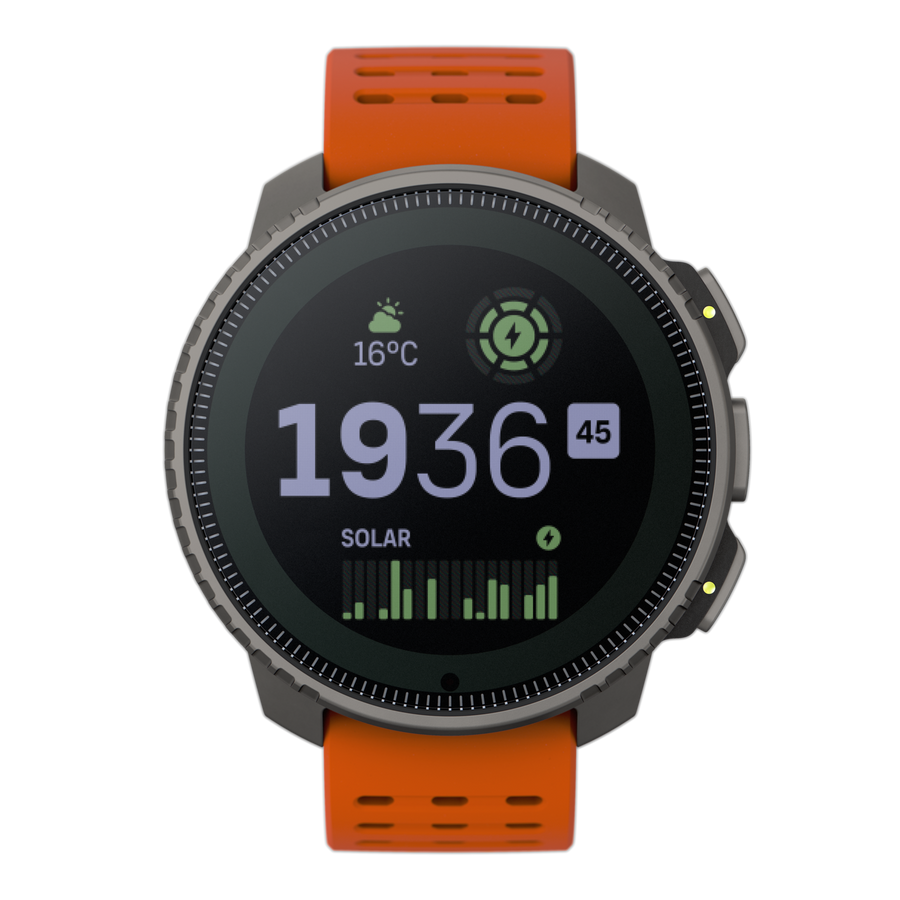Imagine this: you're working out or playing any sport, and just as you leap for a rebound, something twists in your knee. You hear a pop, and pain shoots through your leg. Days later, the doctor confirms what you feared: that it's a knee injury. The first question that will arise in your mind will be, Can I work out again? If so, how do I start safely?
Well, Knee injuries are among the most common issues athletes and fitness enthusiasts face. Whether it's a strained ligament, torn meniscus, or overuse, such injuries are very common and can significantly impact your ability to move, exercise, or even complete daily tasks. However, fortunately, recovering from a knee injury is not as difficult as some might presume. In this article, we will dive deep into how to start working out again after a knee injury through the best eight recovery tips. So let's get started:
Content Table:
- 8 Tips to Start Working Out Again After Knee Injury
- Bonus Tip: Track Your Progress with the Suunto 9 Peak Pro Smartwatch
8 Tips to Start Working Out Again After Knee Injury
Here are the 8 best tips to start working out again after the knee injury. These tips are professional, practical, and safe and aim to support your return to fitness in a careful, evidence-based way.

1) Adopt a Positive and Patient Mindset
First things first, stay positive and optimistic. Recovering from any injury, particularly a knee injury, isn't just about the body; it starts with the mind. A positive and patient mindset is your foundation for successful recovery. Therefore, it is important to understand the process and recognize that the recovery process will be gradual. There will be some bad days and good days.
You can plan out by setting goals that are short-term but realistic. For example, walking pain-free for 10 minutes can be a big milestone. Celebrate those wins. Patience will allow your body the time it needs to rebuild, and a positive mindset will keep you motivated even when progress feels slow. Therefore, instead of focusing on what you can't do yet, focus on what you can.
2) Stay Connected with Your Fitness Community
Injury can sometimes lead to feelings of isolation. Especially if you're used to regular workouts or group training, feeling isolated during recovery is really common. However, staying in touch with your fitness community can be helpful, as it will provide emotional support and encouragement.
So, during the recovery period, check in with workout buddies. You can consider joining virtual workout groups or participating in fitness forums where others share their recovery journey. It is important because even a light conversation about fitness can keep you engaged and inspired by reminding you that you are still part of the community.
3) Manage Your Weight to Reduce Joint Stress
You know how important it is to maintain a healthy body weight, and it becomes even more important when you are recovering from injury. It is because extra weight can place additional stress on your injured knee, which can slow down the healing process. Contrary to this, effective weight management helps reduce inflammation and speeds up healing.
That's why it is important to manage your weight, and you can do it by making small changes in your diet. Focus on consuming a balanced diet rich in whole foods, including lean proteins, vegetables, fruits, and healthy fats. Besides this, try to avoid sugary or processed food, as they can cause inflammation. You don't need a strict diet plan; just be mindful of your choices.
Moreover, if your healthcare provider permits, do gentle activities like swimming or stationary cycling to stay active without aggravating your injury.
4) Avoid Heavy Lifting and Deep Squats (Early On)
During the early stages of recovery, it is advisable to avoid heavy lifting and deep squats. It is because these movements exert significant pressure on the knee. So the question arises, what else can you do?
Instead of heavy lifting or squats, opt for light resistance exercises with slow and controlled movements. You can use resistance bands, bodyweight workouts, or lightweight dumbbells. In addition, you can also shorten your range of motion. For example, instead of going deep for full squats, you can do half squats. For better understanding, you can take services from a physical therapist or certified trainer, as they can provide personalized guidance and ensure proper form.
5) Focus on Core and Glute Strengthening
When recovering from a knee injury, it might sound strange to work on your abs and glutes. But these muscle groups are crucial. A strong core improves balance and stability, while strong glutes support your hips and knees during movement.
Therefore, focus on the muscles surrounding the knee by incorporating exercises like bridges, clamshells, side planks, and bird dogs in your routine. These movements will enhance overall posture and alignment by not putting pressure on your knee but still building strength in areas to protect it.
Remember, consistency is key here. At first, you can start doing 10-15 minutes of these strengthening workouts 3-4 times a week. You can gradually increase the intensity as your strength improves.
6) Rebuild Strength Gradually
Rebuilding strength gradually helps you avoid setbacks and ensures long-term success. Therefore, start with low-impact movements: walking, cycling, and basic bodyweight exercises, and increase the intensity or resistance only when your knee feels stable and pain-free.
Also, make sure to monitor your progress. Track down what exercises you did, how long you worked out, and how your knee felt. Keeping a recovery journal can help you track improvements and identify any activities that may require adjustment.
7) Ease Back Into Workout Slowly
Returning to your workout routine should feel like a soft landing, not a crash. Therefore, carefully create a modified workout plan for your first few weeks back. Focus on low-impact activities like yoga, Pilates, swimming, or light elliptical sessions. It is because these options can provide cardiovascular benefits without overloading your joints. Try following the 10% rule: increase your workout duration or intensity by no more than 10% per week.
Remember, it's okay to take breaks. Listen to your body, and don't rush just because you're excited to get back into shape.
8) Listen to Your Body—Stop if There's Pain
This one is really crucial and might be the most important tip of all. Pain is your body's way of saying, "Slow down." While a little soreness can be normal, sharp or lingering pain is a red flag that you should never ignore.
During an exercise, if you feel discomfort in your knee, stop immediately and evaluate your activity. Do not try to push through the pain, as doing so makes things worse. Also, always warm up before the exercise session and cool down afterwards. Gentle stretching and mobility work can support joint health and flexibility. Consult your physician if symptoms persist.
Bonus Tip: Track Your Progress with the Suunto 9 Peak Pro Smartwatch
As you are rebuilding your fitness routine, tracking your progress becomes essential. That's where the Suunto 9 Peak Pro Smart Watch comes in. This amazing smartwatch offers more than just timekeeping—it acts as your personal fitness assistant. With presets for over 95 sport modes, it's ready whether you're hitting the gym, walking in the park, or exploring the mountains.

Its advanced features include heart rate variability (HRV) monitoring, personalized feedback on training load, recovery status, and progress tracking. This ensures that each workout is both safe and effective for your current condition. You can follow your metrics through the Suunto app or sync them with coaching platforms like TrainingPeaks for a deeper analysis.
Conclusion
Recovering from a knee injury and returning to physical activity requires diligence, patience, and thoughtful planning. By following these eight tips, you can safely navigate how to start working out again after a knee injury. The process is quite simple and straightforward. All you need to do is prioritize a positive mindset, maintain connections with your support network, focus on a healthy diet, and ease back into workouts with caution.
